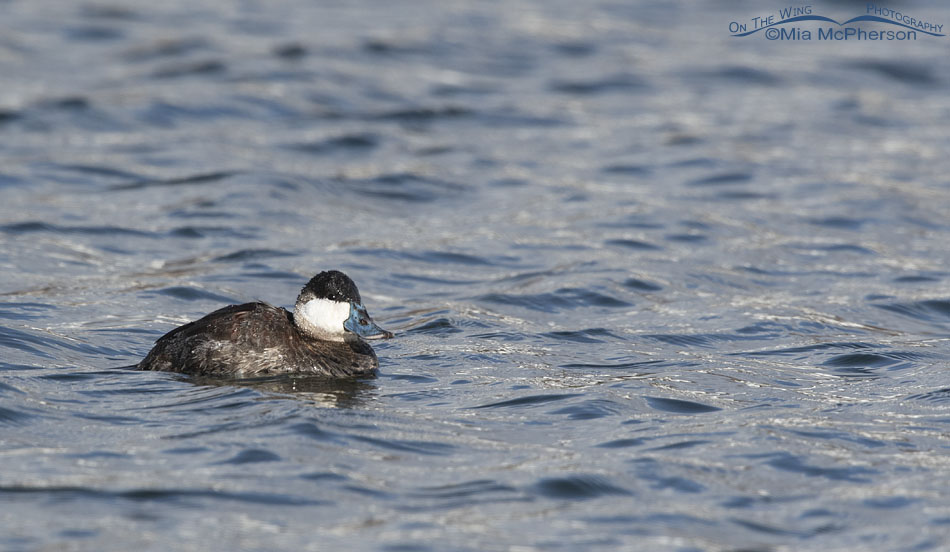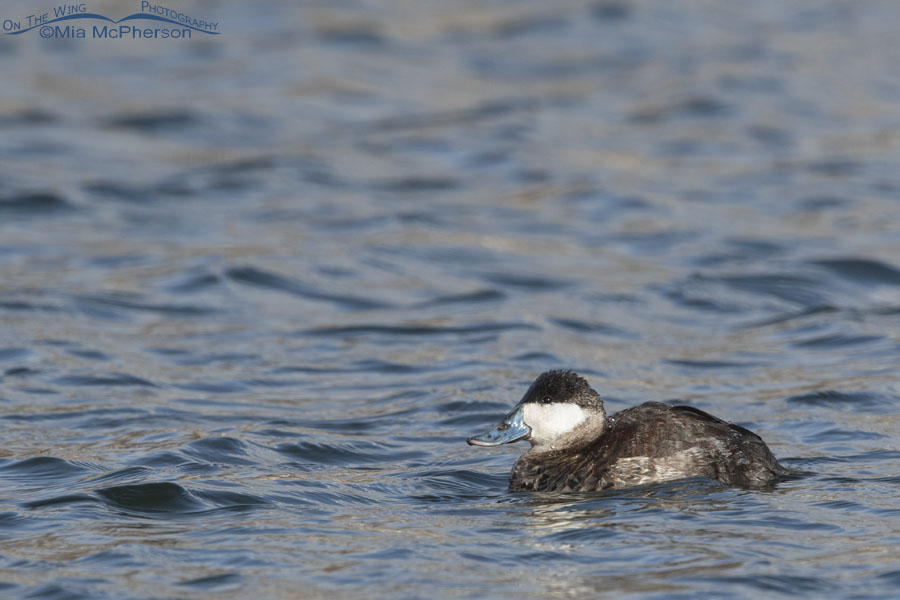The last time I was at my neighborhood pond I spotted a Ruddy Duck drake out in the middle of the water who was starting to transition into breeding plumage. I had cruddy light and not enough focal length to photograph that duck. Seeing that drake reminded me of these two photos taken almost two years ago.
 Ruddy Duck drake transitioning into breeding plumage – Nikon D500, f7.1, 1/2500, ISO 500, Nikkor 500mm VR with 1.4x TC, natural light
Ruddy Duck drake transitioning into breeding plumage – Nikon D500, f7.1, 1/2500, ISO 500, Nikkor 500mm VR with 1.4x TC, natural light
Ruddy Duck drakes transition into breeding plumage later in the year than most other adult male ducks on North America. Usually by late January to early February I can begin to see the bright blue coloration in their bills and more rusty to rufous tones to their plumage.
 Urban Ruddy Duck drake – Nikon D500, f7.1, 1/2000, ISO 500, Nikkor 500mm VR with 1.4x TC, natural light
Urban Ruddy Duck drake – Nikon D500, f7.1, 1/2000, ISO 500, Nikkor 500mm VR with 1.4x TC, natural light
Drake Ruddy Ducks have snow white cheeks which stand out sharply from their bright blue bills when they are transitioning into or are in full breeding plumage.
I’m hoping the drake Ruddy Duck at my local pond sticks around and that I will be able to photograph it when the sun is shining. Next week there might be some sunshine that lasts longer than a few minutes. Fingers crossed on the light and that the duck hangs around!
Life is good.
Mia
Click here to see more of my Ruddy Duck photos plus facts and information on this species.


Lovely to see! We saw one yesterday floating down our neighborhood river along with a common merganser. A cold day on the water.
If I were a female duck I would definitely find that blue bill attractive.
I also have the urge to try to say, “Ruddy Duck drake” 5 times fast. (Nope. Can’t do it.)
Marty, you made me laugh out loud,I didn’t make it to the third time without messing up!
Glad I could give you some giggles, Mia. I still can’t do it!
I could say Ruddy Duck Drake three times. Fast. Ish.
And I hope that your sunshine puts in more than a fleeting appearance next week. Feel free to take ours.